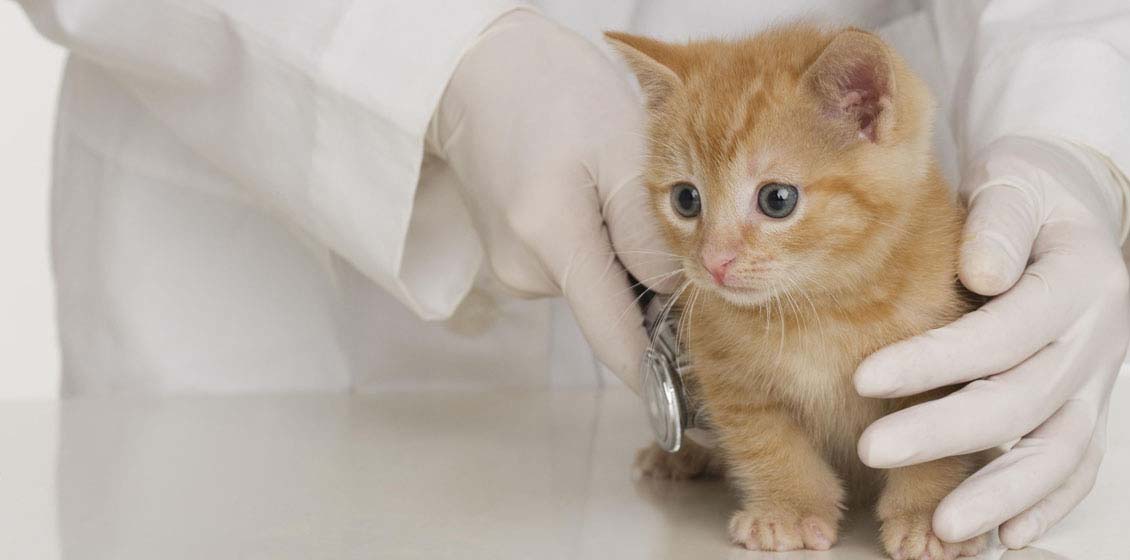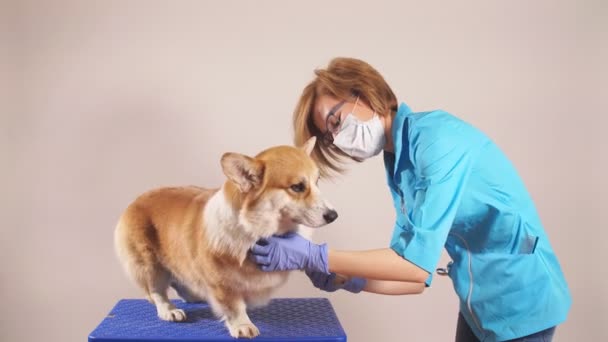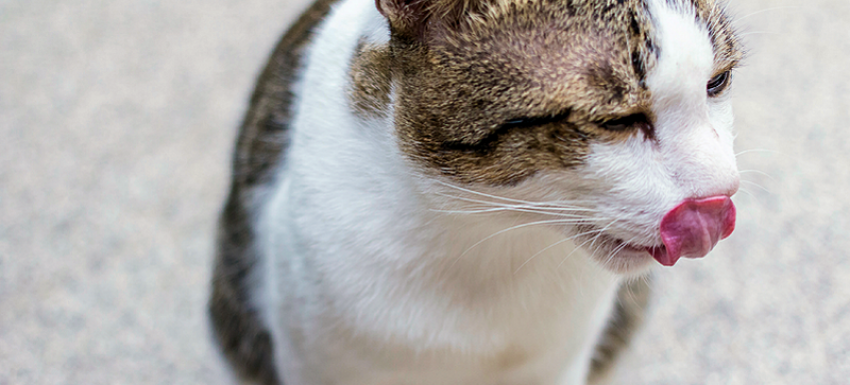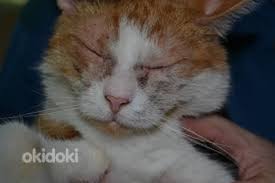tanya
Diarrhea (diarrhea) in dogs and cats: causes and treatment
 Most various diseases and conditions can accompany diarrhea (diarrhea). The frequency, speed, and physical characteristics of diarrhea, along with a history of the disease and other clinical signs that manifest in your pet, can provide sufficient information for a diagnosis. For example, a puppy with a liquid stool containing thin white long worms, like threads, is likely to suffer from intestinal parasites (worms). Unfortunately, in most cases, the underlying cause of diarrhea is not so obvious. Continue reading
Most various diseases and conditions can accompany diarrhea (diarrhea). The frequency, speed, and physical characteristics of diarrhea, along with a history of the disease and other clinical signs that manifest in your pet, can provide sufficient information for a diagnosis. For example, a puppy with a liquid stool containing thin white long worms, like threads, is likely to suffer from intestinal parasites (worms). Unfortunately, in most cases, the underlying cause of diarrhea is not so obvious. Continue reading
Cat abdominal ultrasound
 Ultrasound is a non-invasive procedure used to evaluate internal organs. Ultrasound can be used to study the organs of the abdominal cavity, heart, eye and reproductive organs in cats. For an accurate diagnosis in many diseases of the abdominal cavity, ultrasound and x-rays are recommended. An x-ray will show the size, shape and location of the contents of the abdominal cavity, and an ultrasound scan allows you to examine the structure of the organs. Continue reading
Ultrasound is a non-invasive procedure used to evaluate internal organs. Ultrasound can be used to study the organs of the abdominal cavity, heart, eye and reproductive organs in cats. For an accurate diagnosis in many diseases of the abdominal cavity, ultrasound and x-rays are recommended. An x-ray will show the size, shape and location of the contents of the abdominal cavity, and an ultrasound scan allows you to examine the structure of the organs. Continue reading
Viral leukemia in cats: tests, treatment, vaccinations
 Infection with leukemia leads to death in 85% of cats with persistent infection (when the leukemia virus resides in the cat’s body) for 1.5 – 3 years after infection.
Infection with leukemia leads to death in 85% of cats with persistent infection (when the leukemia virus resides in the cat’s body) for 1.5 – 3 years after infection.
Leukemia infection is usually manifested as anemia or lymphomas, but since the virus adversely affects the immune system, the risk of infection with other infectious diseases and the appearance of other symptoms increase. Continue reading



